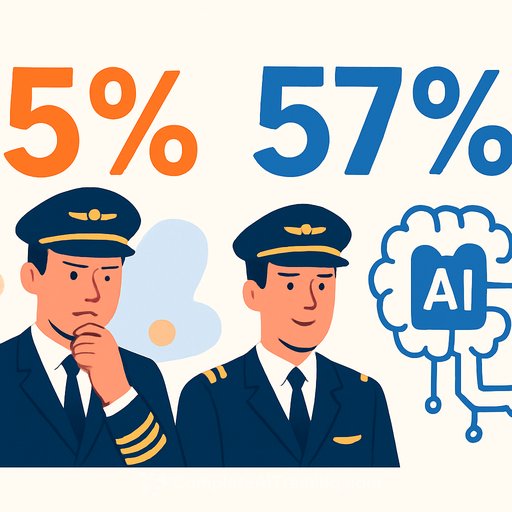How Health Insurers Can Turn AI Experiments into Impact
Health insurers often face challenges when trying to expand AI projects beyond initial pilots. Many AI experiments stall before delivering meaningful value to the organization. To tackle this, Info-Tech Research Group has introduced a practical resource aimed at IT leaders in the insurance sector. This guide helps prioritize AI initiatives, evaluate their feasibility, and select use cases that align closely with business objectives.
By applying the framework from Info-Tech Research Group, health insurers can move from scattered AI trials to enterprise-wide implementations that enhance operational efficiency and improve member outcomes.
Focusing on the Right AI Use Cases
In health insurance, success often hinges on addressing the most critical problems first. AI can quickly highlight these priorities — but only if leaders know where to look and how to act. Info-Tech Research Group's blueprint, Build and Select AI Use Cases for Health Insurance, shifts the focus from technology to value. It guides insurers to identify AI applications that offer clear operational benefits and better member experiences.
The resource emphasizes that many insurers struggle because they start with technology instead of the problem. A clear framework helps teams define specific business objectives, then match them with AI capabilities that deliver measurable results.
Seven Strategic Phases to Scale AI in Health Insurance
Info-Tech’s blueprint lays out seven phases that guide IT leaders from AI strategy to deployment. Each phase includes clear goals and expected outcomes, designed to move AI efforts from pilots into scalable solutions.
- Formulate an AI strategy aligned with organizational goals: Define the AI vision, strategic principles, and key business drivers to ensure initiatives support the company’s priorities.
- Establish responsible AI guiding principles: Set ethical, privacy, and governance standards to build trust and ensure compliance.
- Introduce AI initiatives that support organizational objectives: Identify projects that augment or replace processes, prioritizing those with strong business alignment.
- Propose use cases to support AI initiatives: Outline specific AI applications with clear expected impacts and implementation plans.
- Assess value and feasibility of the AI use cases: Evaluate each use case’s potential business value alongside technical and organizational readiness.
- Prioritize AI use cases: Rank initiatives by value and feasibility to focus resources on high-impact, achievable projects.
- Develop an AI roadmap: Create a phased deployment plan combining AI initiatives with operational improvements, complete with timelines and milestones.
Driving Real Results with AI
Following these phases helps health insurers avoid fragmented AI pilots and adopt a structured, business-focused approach. This method directs investment toward initiatives that speed up claims processing, improve fraud detection, and deliver personalized member engagement.
Establishing responsible AI practices also safeguards projects from risks related to ethics and privacy, building trust with members and regulators alike.
Health insurers ready to scale AI need to start with clear business goals, then select AI use cases that align with those objectives. This disciplined approach ensures that AI investments translate into measurable operational improvements and stronger member experiences.
For IT leaders seeking to deepen their AI knowledge and practical skills, exploring targeted courses on AI use case development and implementation can be valuable. Resources like Complete AI Training's latest AI courses offer focused learning paths designed for professionals in insurance and related fields.
Your membership also unlocks:










